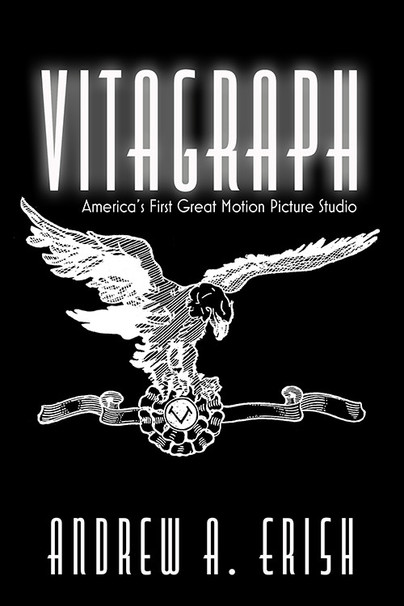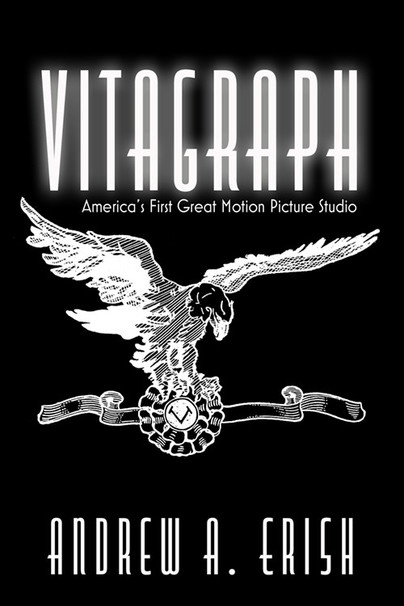

Pages: 298
ISBN: 9780813181196
Pub Date: June 2021
Imprint: University Press of Kentucky
Illustrations: 46 b&w photos
Price:
£32.00
In stock
Pages: 298
ISBN: 9780813195346
Pub Date: May 2022
Imprint: University Press of Kentucky
Price:
£25.00
This book will be reprinted and your order will be released in due course.
Description:
Vitagraph: America's First Great Motion Picture Studio is the first comprehensive examination of the company most responsible for defining and popularizing the American movie. Vitagraph was among the five production companies established at the dawn of commercial cinema in America. From its initial studios in Manhattan and Brooklyn to its later base of operations in Hollywood, Vitagraph was America's leading producer of motion pictures for much of the silent era, and for several years was the nation's largest exhibitor. The company overcame resistance to multi-reel movies by establishing its own distribution network for feature films across North America, which thrived for more than half a century. Vitagraph's international distribution was even more profitable, reaching into every country where motion pictures were shown. In the process it cultivated a preference for American movies that endures into the present. Just as important to Vitagraph's prosperity and legacy was its role in developing the form and content of American movies, encompassing everything from framing, lighting and acting to emphasizing character-driven, action-packed comedy and drama. The company's commitment to expanding the boundaries of cinema resulted in the creation of the animated motion picture, and prefigured the style that came to be known as film noir. Vitagraph's success was due to the contributions of the talented people it employed. This is the story of these forgotten pioneers and some of the films they made, drawn from a treasure trove of primary sources that challenge fundamental notions and myths that have plagued motion picture history.
In Vitagraph, Andrew A. Erish provides a comprehensive examination and reassessment of the company most responsible for defining and popularizing the American movie. This history challenges long-accepted Hollywood mythology that simply isn't true: that Paramount and Fox invented the feature film, that Universal created the star system, and that these companies, along with MGM and Warner Bros., developed motion pictures into a multi-million-dollar business. In fact, the truth about Vitagraph is far more interesting than the myths that later moguls propagated about themselves. Established in 1897 by J. Stuart Blackton and Albert E. Smith, Vitagraph was the leading producer of motion pictures for much of the silent era. Vitagraph established America's studio system, a division of labor utilizing specialized craftspeople and artists, including a surprising number of women and minorities, whose aesthetic innovations have long been incorporated into virtually all commercial cinema. They developed fundamental aspects of the form and content of American movies, encompassing everything from framing, lighting, and performance style to emphasizing character-driven comedy and drama in stories that respected and sometimes poked fun at every demographic of Vitagraph's vast audience. The company overcame resistance to multi-reel motion pictures by establishing a national distribution network for its feature films. Vitagraph's international distribution was even more successful, cultivating a worldwide preference for American movies that endures to the present. For most of its existence America's most influential studio was headquartered in Brooklyn, New York before relocating to Hollywood. A historically rigorous and thorough account of the most influential producer of American motion pictures during the silent era, Erish draws on valuable primary material long overlooked by other historians to introduce readers to the fascinating, forgotten pioneers of Vitagraph.
